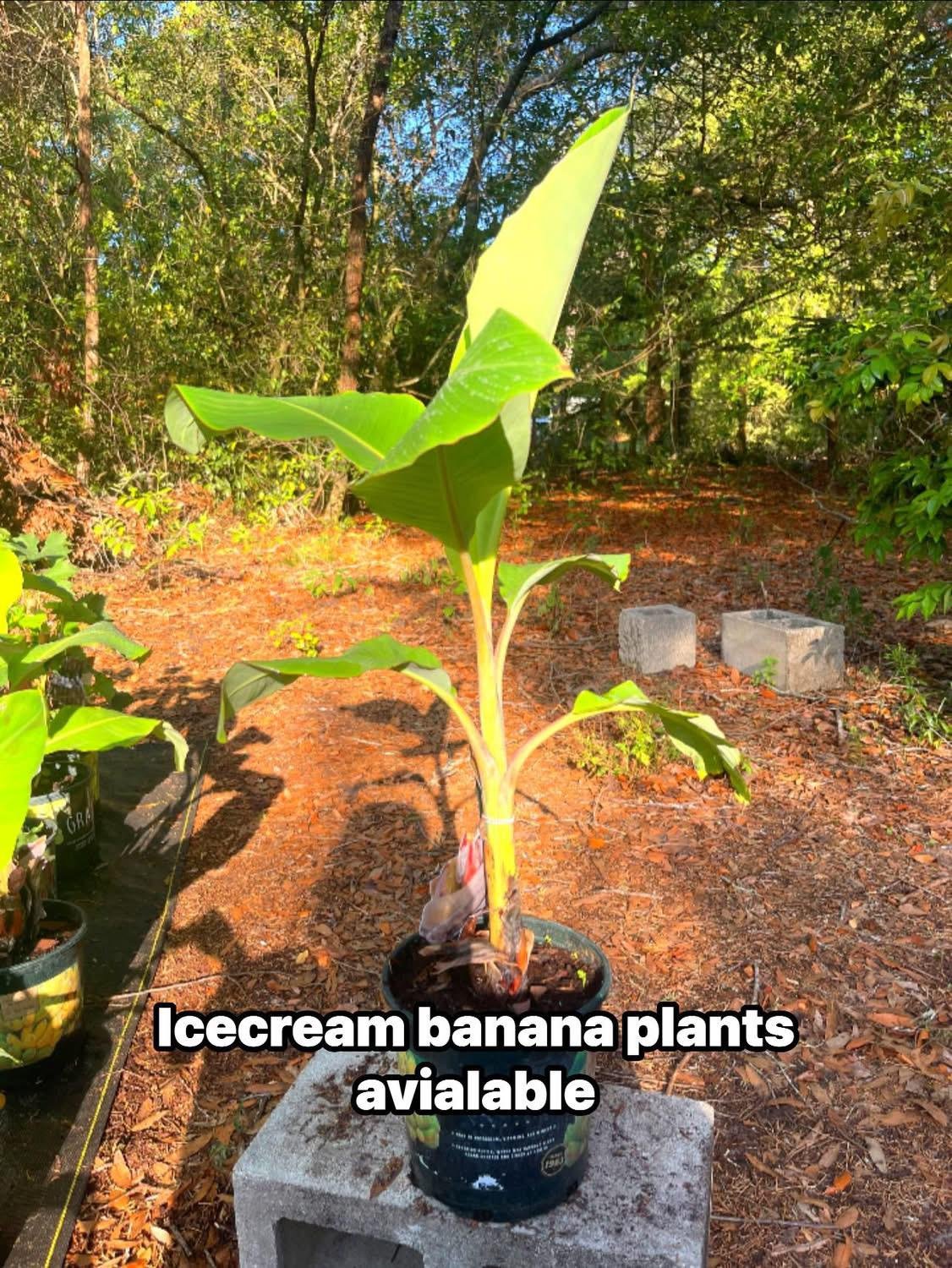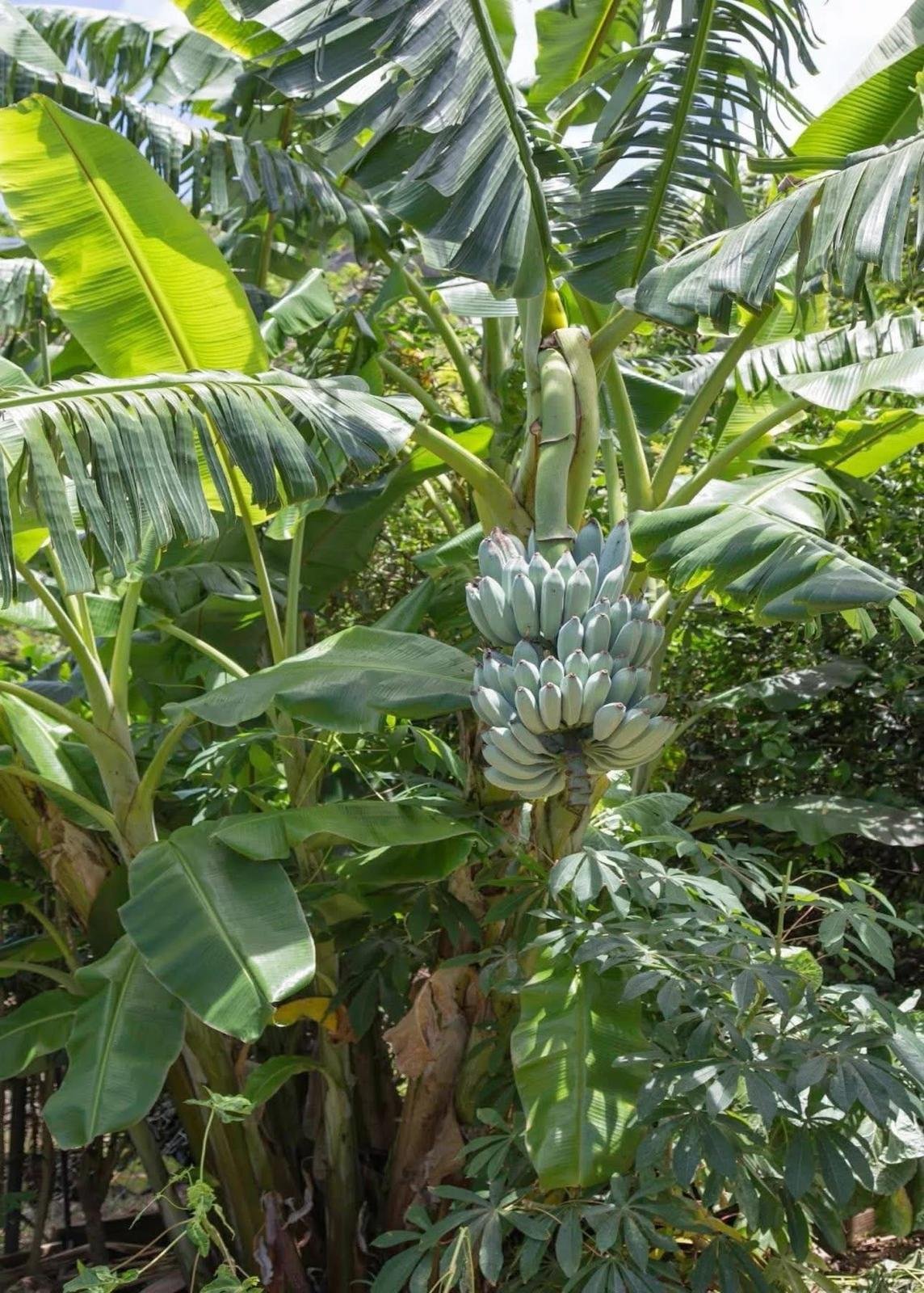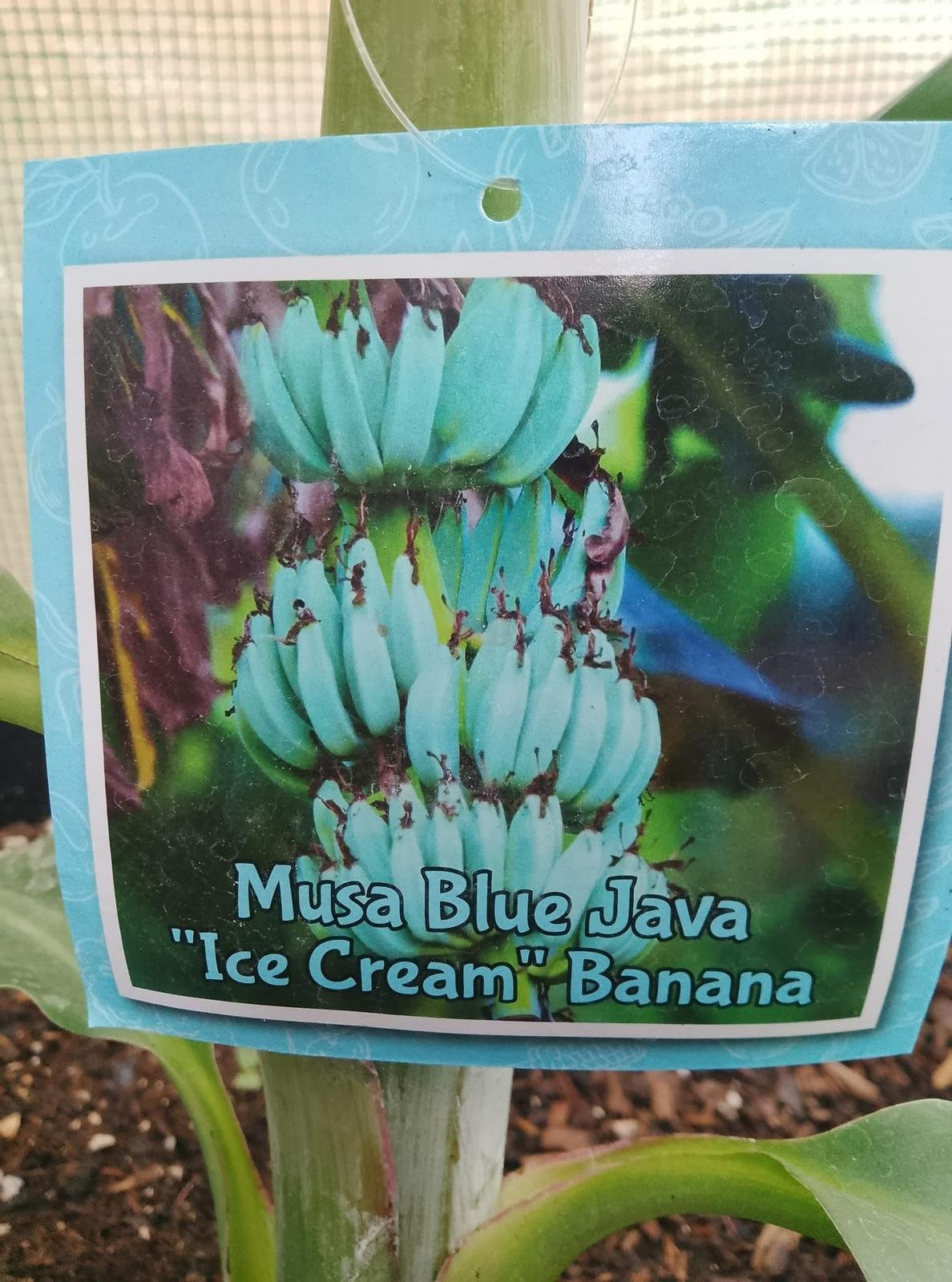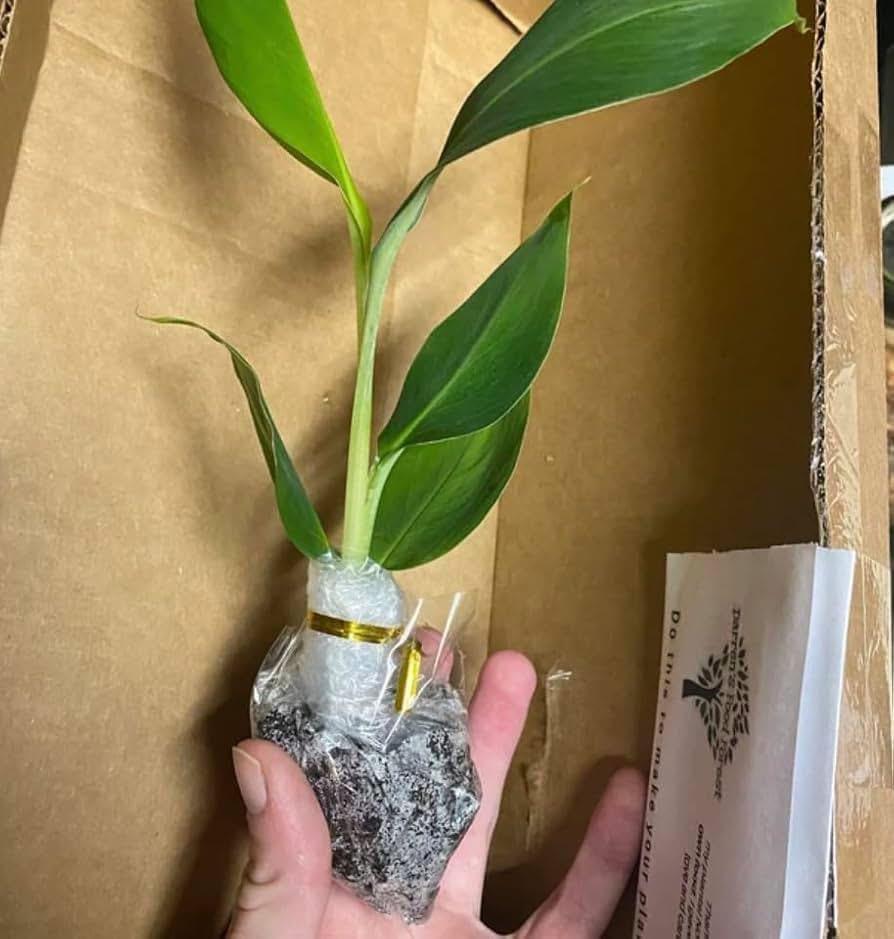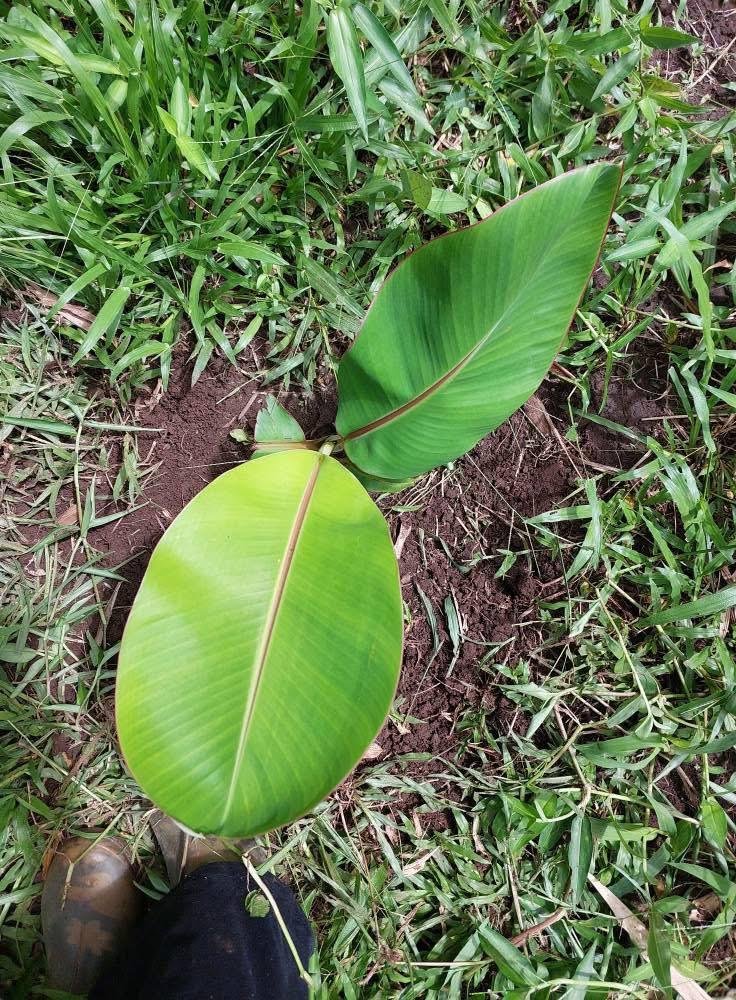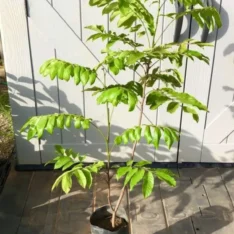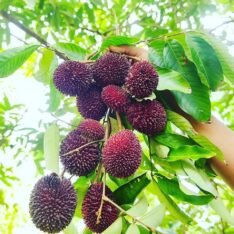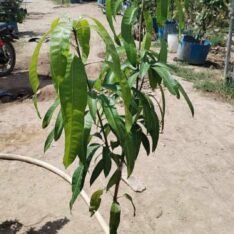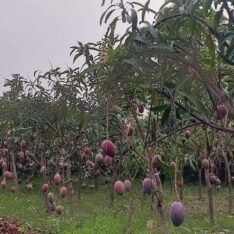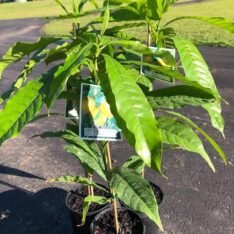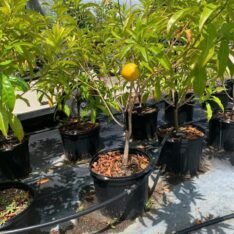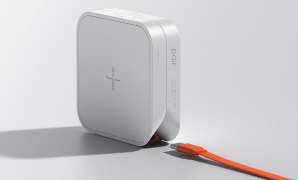Grow Blue Java Banana as a Beginner
With its creamy vanilla custard flavor and striking blue-green peel, the Blue Java banana (also known as the “Ice Cream banana”) is a tropical treasure worth cultivating. Whether you’re a home gardener or a small-scale farmer, this guide will walk you through every step—from selecting the right rhizome to harvesting your first silky-sweet bunch.
Why Grow Blue Java Bananas?
Before we dive into cultivation, let’s talk about what makes this variety so special:
✔ Unique Flavor – Its soft, custard-like flesh tastes like vanilla ice cream.
✔ Cold Hardiness – More tolerant of cooler temps than most bananas (down to 20°F/-6°C).
✔ Ornamental Appeal – Blue-tinged peels and towering silvery-green leaves add drama to gardens.
✔ Strong Wind Resistance – Thick pseudostems withstand coastal breezes better than other cultivars.
Now, let’s get your hands dirty.
1. Climate & Growing Conditions
Ideal Zones
-
Outdoors: USDA Zones 8–11 (best in 9b–11).
-
Containers: Possible in cooler climates if moved indoors during winter.
Key Requirements
-
Sun: Full sun (6+ hours daily).
-
Soil: Rich, well-draining loam (pH 5.5–7.0).
-
Water: Consistent moisture (1–1.5″ weekly)—avoid soggy roots.
-
Wind Protection: Plant near a wall or fence if in gusty areas.
Pro Tip: Blue Java thrives in humid climates but tolerates arid regions with extra irrigation.
2. Planting: Rhizomes vs. Pups
Planting Steps:
-
Dig a hole 2x wider than the root ball.
-
Amend soil with compost + coconut coir for drainage.
-
Plant rhizome/pup 2–3″ below soil surface.
-
Mulch heavily with straw to retain moisture.
Spacing: 8–10′ apart (they’ll grow 15–20′ tall).
3. Care & Maintenance
Watering
-
Young plants: Keep soil consistently moist.
-
Mature plants: Deep-water 2–3x weekly in dry seasons.
Fertilization
-
Monthly: Balanced fertilizer (8-10-8 NPK).
-
Flowering stage: Switch to high-potassium feed (3-12-36).
Pruning
-
Remove dead leaves to prevent fungal issues.
-
Keep 1–2 pups per plant for optimal energy to fruiting stalks.
Watch For:
-
Spider mites (wipe leaves with neem oil).
-
Panama disease (avoid overwatering; plant resistant varieties).
4. Flowering & Harvesting
The Waiting Game
-
First flowers appear at 18–24 months.
-
Bunches develop over 3–4 months after flowering.
When to Harvest
-
Color shift: Peels turn pale yellow-green (blue hue fades).
-
Texture test: Fruit plumps out, losing angular edges.
Cutting the Bunch:
-
Support stalk with a prop before cutting.
-
Use a clean machete to slice the stem 18″ above the top banana.
-
Hang indoors to ripen at room temp (avoid direct sun).
Yield: 50–150 bananas per mature plant.
5. Overwintering & Long-Term Health
Cold Climates
-
Mulch roots with 12″ of straw before frost.
-
Container plants: Move to a bright garage (50+°F).
Replanting After Harvest
-
Mother plant dies post-harvest—but pups take over.
-
Divide crowded clumps every 3–4 years for vigor.
Bonus: Creative Uses for Blue Java Bananas
🍌 Gourmet Desserts – Blend frozen chunks into “nice” cream.
🍹 Cocktails – Muddle into rum-based tropical drinks.
🔥 Grilled – Caramelize with coconut sugar for a BBQ side.
Final Thoughts
To Grow Blue Java Banana rewards patience with unparalleled flavor and garden grandeur. By mastering these steps—selecting robust starters, optimizing soil, and timing harvests—you’ll transform your space into a slice of the tropics.
Ready to plant your own Ice Cream banana? Tag us in your garden photos!
Additional Information
| Select Size | 12-18 inches & 1-gal, 2-3 feet & 3-gal, 4 feet & 3-gal, 4 feet & 7-gal |
|---|


